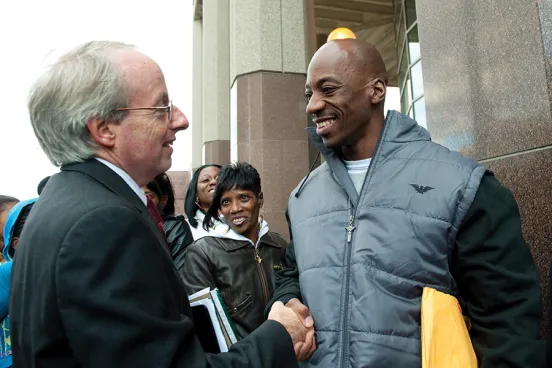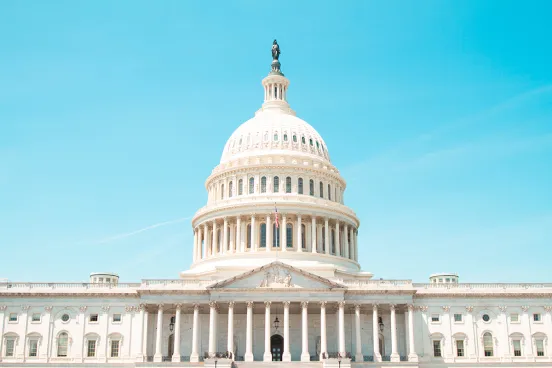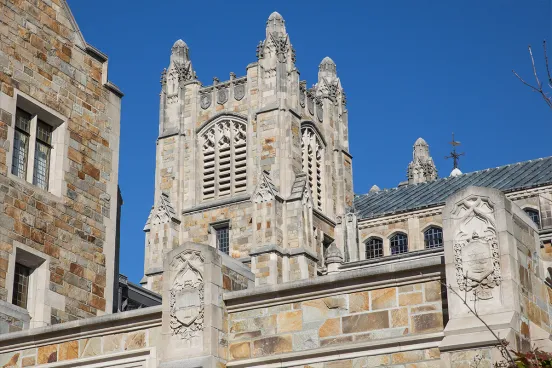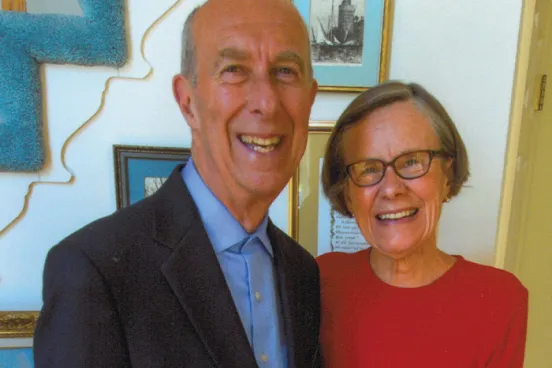
The Law School exhibit commemorating the 150th anniversary of Lincoln’s Emancipation Proclamation—and challenging its myths—may have come and gone, but the conversation it inspired is continuing with the publication of the project’s scholarly contributions in The Journal of the Civil War Era, Vol. 3, No. 4.
“Through the journal, we are able to give what we did on campus a life beyond a moment or a day,” says exhibit co-curator Martha S. Jones, associate professor of history and co director of the Program in Race, Law & History. “The conversation on emancipation is ongoing and the interpretation is ever changing, reflective of the times.”
Edited by William Blair, a research professor at Penn State University, the journal features an introduction and article from Jones, along with works by William J. Novak, Michigan Law’s Charles F. and Edith J. Clyne Professor of Law; James Oakes, distinguished professor at City University New York; Stephen Sawyer, associate professor at The American University of Paris; Thavolia Glymph, associate professor at Duke University; and Michael Vorenberg, associate professor at Brown University.
The collection is, in part, a result of the October 2012 Proclaiming Emancipation exhibit and conference at Michigan Law. A joint effort by the Program in Race, Law & History, the William L. Clements Library, and the University of Michigan Library, the conference drew scholars from across the country to commemorate the 150th anniversary of the proclamation, and to challenge the record of emancipation, replacing myth with history, Jones says.
“We had two goals for the conference and exhibit,” she says. “On the one hand, we wanted to dispel the myths and misconceptions about the Emancipation Proclamation—the dominant myth being that Lincoln freed the slaves with the stroke of a pen. But on the other end of the spectrum, we wanted to showcase the cutting-edge scholarship focused around this one point on a complicated timeline of emancipation.”
While interest in the exhibit and exchanges that grew out of the conference exceeded Jones’s expectations for the project, the opportunity to preserve these ideas and interpretations is one for which she is deeply grateful. “One of the things about an exhibit is that it goes away,” Jones says. “It lives in real time and space. It is ephemeral. But the ideas that were produced out of those exchanges can be recaptured in this journal issue, and we can keep the conversation going.”
In all, the journal features works from six of the conference’s original eight presenters, including Jones, whose installment, “Emancipation Encounters: The Meaning of Freedom from the Pages of Civil War Sketchbooks,” contains the first images ever published by The Journal of the Civil War Era, and Novak, who co authored his article, “Emancipation and the Creation of Modern Liberal States in America and France,” with Sawyer.
And though the 150th anniversary of the Emancipation Proclamation has reached its end, Jones believes the relevance of these articles is not dependent upon the journal’s publication date. “This conversation is far from finished,” Jones says. “In 50 years, the scholarship will have changed and there will be new questions and evidence. I hope that in 50 years, scholars will look back at what we were doing and thinking and understand why it mattered.”







